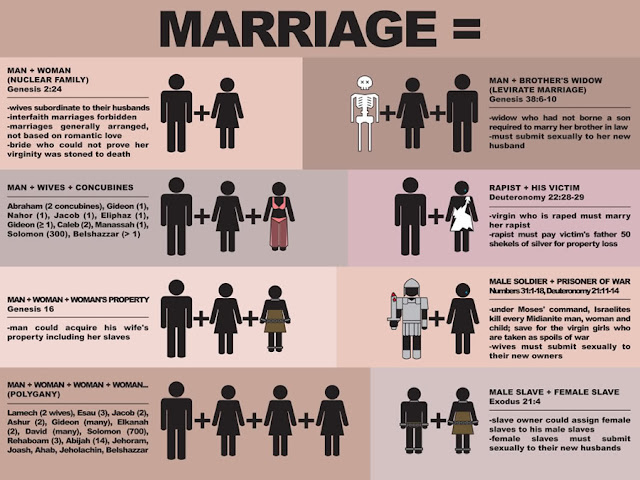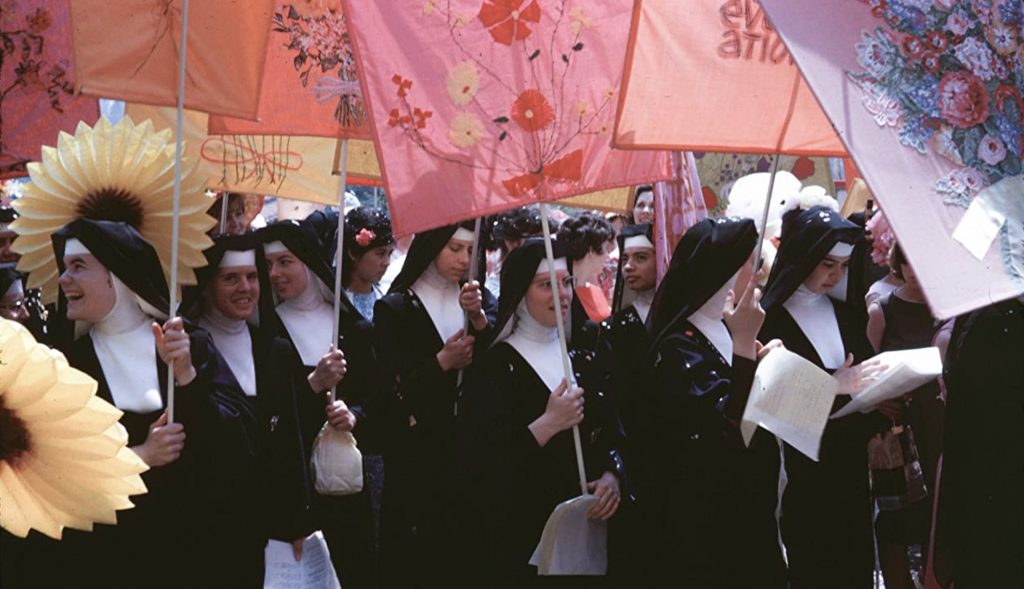The time capsule from NBC, be sure to watch it, features prominently Bishop Shannon and Father Nerin. Both in only a couple of years would leave the priesthood.
This video is a must see!
But here is James Shannon’s obituary:
August 28, 2003
St. Louis Park, MN
James P. Shannon, whose resignation as a Twin Cities priest and bishop in the late 1960s shocked Catholics across the country, died at Methodist Hospital in St. Louis Park.
Shannon, 82, suffered a stroke night before his death at his home in Plymouth.
Liberal Catholics in the 1960s hitched their star to Shannon, who spoke out against the Vietnam War and embraced the changes proposed by the Second Vatican Council of the Roman Catholic Church.
But after the church in 1968 reaffirmed its prohibition against artificial birth control, Shannon agonized about how to teach married couples a doctrine he didn't believe he could defend.
He submitted his resignation as auxiliary bishop of the Archdiocese of St. Paul and Minneapolis in November of that year, but it wasn't publicly known until a Minneapolis newspaper broke the story in June 1969.
Just as his supporters rallied to his cause, shock waves broke again two months later when a newspaper in Rochester, N.Y., reported Shannon had married Ruth Wilkinson in early August in Endicott, N.Y.
"We had many shocks in those days — the Vatican Council was a shock for all of the things it did — but there was nothing else with this kind of drama to it, a bishop actually quitting, stepping down,' said Bernie Casserly, who was then editor of the Catholic Bulletin in St. Paul.
Shannon, a native of South St. Paul, had appeared destined for high places in the church. He became president of the College of St. Thomas by age 35 and an auxiliary bishop of St. Paul and Minneapolis by age 44.
"He was looked at as a real pacesetter for the young clergy,' said the Rev. Arnold Weber of Medina, Minn., where Shannon worshiped in recent years. "He marched in Selma, Ala., went the social justice route, questioned structures in church, all ahead of Vatican II.'
Shannon, ordained an auxiliary bishop in 1965, was able to attend the final session of the Vatican Council at the end of that year. He soon became a sought-after spokesman among U.S. bishops.
The Rev. Martin Luther King Jr. invited Shannon to Selma in 1966 for the funeral of slain civil rights leader James Reeb.
But Shannon's public role also led to much-publicized unrest among some conservative bishops.
After Shannon's role as a narrator on an NBC news special about "The New American Catholic' in 1968, Cardinal James Francis McIntyre of Los Angeles accused the show of being "erroneous, misleading and unauthorized.'
The powerful McIntyre's objections grew into a struggle within the body of U.S. bishops, which cost Shannon an opportunity to become bishop of Duluth, Minn., and possibly the head of the Catholic University of Washington, D.C.
"It is an altogether tragic story, but it's just a piece of the story,' said the Rev. Edward Flahavan, a retired priest and longtime friend of Shannon's. "The story is his being a Christian gentleman, ruled by love, rather than by rules.'
After leaving the priesthood and marrying, Shannon earned a law degree and became heavily involved in philanthropy. For several years, he headed the Minneapolis Foundation and later the General Mills Foundation, and served as a senior consultant to the Council on Foundations in Washington, D.C.
"He was concerned with building a better society and helping people,' said Monsignor Terrence Murphy, who succeeded Shannon as president of what is now the University of St. Thomas. "That was always a concern of his, whether he was in the priesthood or out of the priesthood.'
Murphy was a 1946 classmate of Shannon's at the St. Paul Seminary, as was former Archbishop John Roach, who died last month.
Archbishop Harry Flynn was out of town Thursday, but the archdiocese released a statement that said, in part:
"Dr. Shannon … left the active priestly ministry during a time of great turmoil in our Church, and his departure was a real loss for the Catholic community. He maintained many friendships among us during his distinguished public service in education and philanthropic work.
"We are pleased that, through the special permission of Pope John Paul II, Dr. Shannon lived his last years in full communion with our Church.'
Then-Archbishop Leo Byrne said that Shannon's 1969 marriage resulted in his automatic excommunication from the church. But a new church law in 1983 abolished that penalty, "and this abolition applied, retroactively, to my situation,' Shannon wrote in his 1998 autobiography.
"The new code orders that I be suspended from my apostolic role as a priest,' Shannon wrote, "but it does not separate me from the Catholic community.'
Shannon worshipped regularly for several years at St. Joan of Arc in Minneapolis, where his close friend, the Rev. Harvey Egan, was priest. He attended the church in Medina the past several years.
"He was faithful to the church, even when it had given him severe penalties f





















